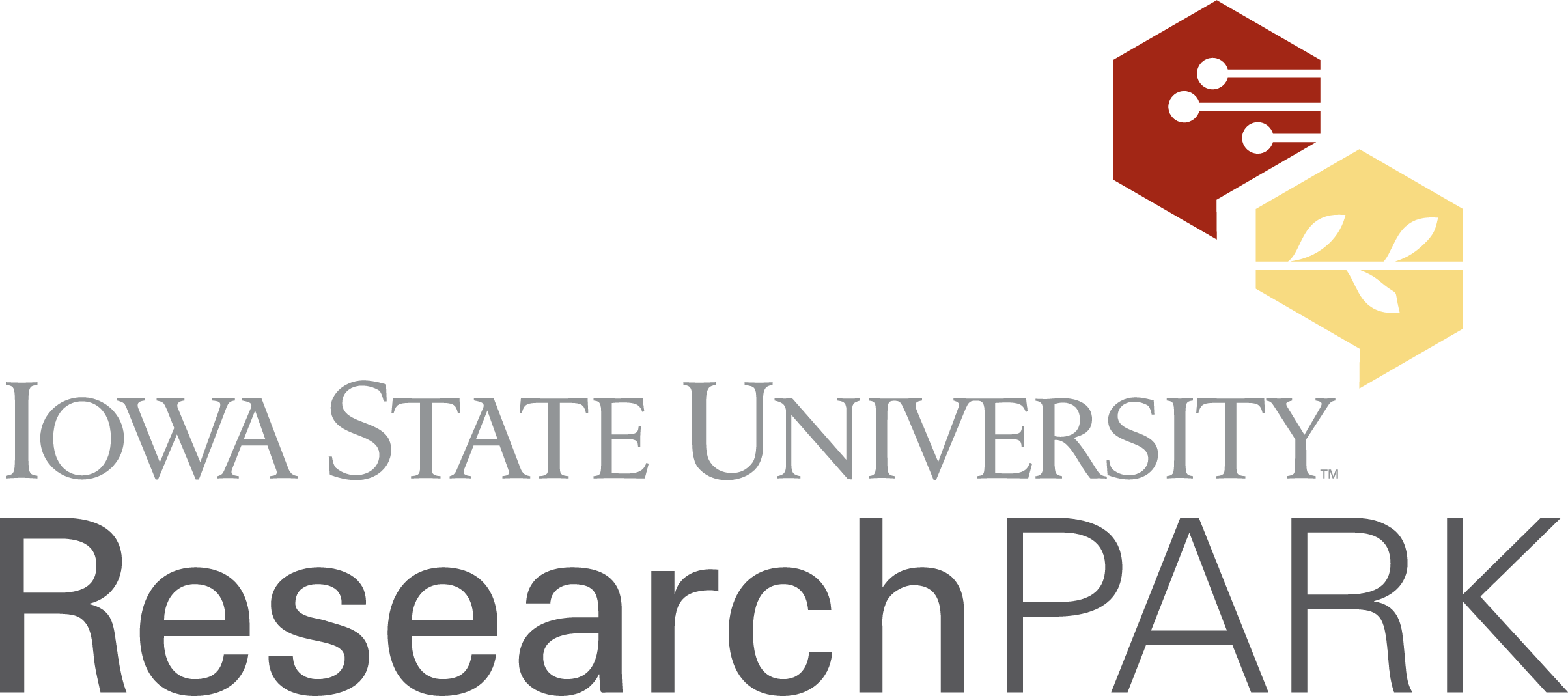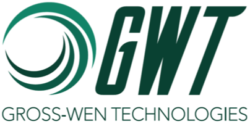Researchers to Develop and Commercialize Next-Generation Algal Wastewater Treatment Process to Improve Phosphorus Removal from Wastewater
AMES, Iowa (July 13, 2020) – Iowa State University-affiliated startup Gross-Wen Technologies, Inc. (GWT) will partner on one of 82 projects selected to receive funding supported by the U.S. Department of Energy’s (DOE’s) Office of Technology Transitions (OTT) Technology Commercialization Fund (TCF). The project team, led by DOE’s National Renewable Energy Laboratory (NREL), in partnership with GWT and the Metropolitan Water Reclamation District (MWRD) of Greater Chicago, has been awarded a $240,000 TCF grant to develop a next-generation algal wastewater treatment process to improve phosphorus removal from wastewater.
The grant will support research headed by Principal Investigator and NREL Senior Scientist Dr. Jianping Yu, joined by NREL team member Dr. Michael Cantrell and Co-Principal Investigators, GWT President and Co-founder Dr. Martin Gross and Dr. Kuldip Kumar, principal environmental scientist, MWRD Chicago.
“Our project addresses a critical efficiency issue in wastewater treatment,” Gross said. “Wastewater treatment facilities around the country are facing increasingly stringent nutrient discharge limits, especially with regard to phosphorus removal, and are looking for new technologies to meet these new permits. We aim to develop strategies to maximize our algal-based wastewater treatment system’s efficiencies in order to achieve a significant overall nutrient removal outcome and minimized system footprint.”
Grant aims to build connections, support collaborative research
TCF-funded projects aim to connect entrepreneurs in the private sector with researchers at DOE National Laboratories to help advance the commercialization and deployment of promising energy technologies.
“This collaboration exemplifies NREL’s efforts to explore new opportunities and pathways with high-impact partnerships to address emerging energy challenges,” Yu said. “Our expertise in algal biology complements engineering innovations at GWT and MWRD Chicago, as we aim to drive critical efficiency improvement for the wastewater treatment industry and benefit of the environment.”
The innovation will focus on establishing and testing an enhanced phosphorus removal technology, utilizing specific strains of algae to be developed at NREL, and a modified version of GWT’s patented algal wastewater treatment technology, called the Revolving Algal Biofilm (RAB) system. The RAB system removes nitrogen, phosphorus and other pollutants from municipal wastewaters, while producing algae biomass from waste nutrients and CO2 captured from the air.
The retrofitted RAB will be located in a greenhouse facility at MWRD’s Terrence J. O’Brien Water Reclamation Plant in Skokie, Illinois, where it will serve as a sampling, evaluation and validation site for the phosphorus removal technology being developed.
The RAB technology is already receiving high praise from MWRD, where a demonstration RAB system has been installed and is being evaluated for tertiary treatment.
“This critical research collaboration between the MWRD, Gross-Wen Technologies, Iowa State University and the NREL uses algae technology to enhance nutrient removal efficiency for the millions of people who rely on our services each day while protecting the water environment in downstream communities across the country who deserve clean water and healthy aquatic life,” said MWRD President Kari K. Steele. “Thanks to the support from the U.S. Department of Energy’s Office of Technology Transitions, we are harvesting algae for new uses and protecting our water environment.”
Researchers outline project goals
The research team’s project will be divided into a number of phases, with new deliverables marking project milestones.
Key to the process is to identify algae strains that can remove phosphorus more efficiently.
“There is a large diversity among algae in their ability to store phosphorus, mostly in the form of polyphosphate granules,” Yu said. “As part of our research goal, we will identify and develop specific algae strains that take up more phosphorus than their growth needs–referred to as luxury uptake–and use them to enhance phosphorus removal efficiency.”
After the strains are developed, they will then be reintroduced into a modified version of GWT’s RAB system. The RAB reconfiguration will include adding a secondary inoculation reservoir within the system which allows an algae belt to pick up the desired strain(s) of algae, while not exposing the large flow of wastewater to that strain.
“By modifying GWT’s core RAB system, we will further enhance the environment in which these “optimal” algae strains can be selected, allowing for enhanced phosphorus uptake overall,” Gross said.
Samples will be collected from the RAB to demonstrate results.
“Our goal is to achieve 50% improvement in phosphorus removal rate over baseline samples taken at the project start, while maintaining the system’s biomass productivity,” Gross said. “Ultimately, this project aims to result in significant improvement in overall nutrient removal outcomes and reduced energy consumption and operational costs for treatment facilities.”
The research team said validation of the technology being developed will aid greatly in the deployment of the resulting innovation. The primary group of customers will be municipal wastewater treatment facilities that either need to be rebuilt or retrofitted to meet new, stricter phosphorus permits.
“The revolving algae biofilm system could represent a revolutionary breakthrough in the treatment of wastewater,” Kumar said. “We are taking a major step forward to protect our water environment through sustainable measures that also produce algae for beneficial reuse.”
GWT’s roots in university-based research
GWT’s patented RAB technology is based on research developed at Iowa State University. In 2017, GWT was selected by the Association of Public and Land Grant Universities (APLU) and the Association of American Universities (AAU) for participation at the inaugural University Innovation and Entrepreneurship Showcase in Washington D.C. The showcase spotlights startup companies that have created products born out of federally funded, university-based research.
GWT is a member of the Iowa State University Startup Factory’s inaugural cohort and is an AgStartup Engine portfolio company.
###
About Gross-Wen Technologies, Inc.
Gross-Wen Technologies is an Iowa-based company working to solve one of the world’s largest problems, water quality. The company was founded in 2014 by Dr. Martin Gross and Dr. Zhiyou Wen, and is based on a technology they developed at Iowa State University. The algae system is capable of cost effectively recovering nitrogen and phosphorus from wastewater. For more information on GWT, visit algae.com
About Metropolitan Water Reclamation District of Greater Chicago
Established in 1889, the Metropolitan Water Reclamation District of Greater Chicago (MWRD) is an award-winning, special purpose government agency responsible for wastewater treatment and stormwater management in Cook County, Illinois. Learn more at mwrd.org
Contact:
Julie Lelonek, Office of Economic Development and Industry Relations Communications
515-294-1562, jlelonek@iastate.edu
Iowa State University
Office of Economic Development and Industry Relations
1805 Collaboration Place
Ames, IA 50010

